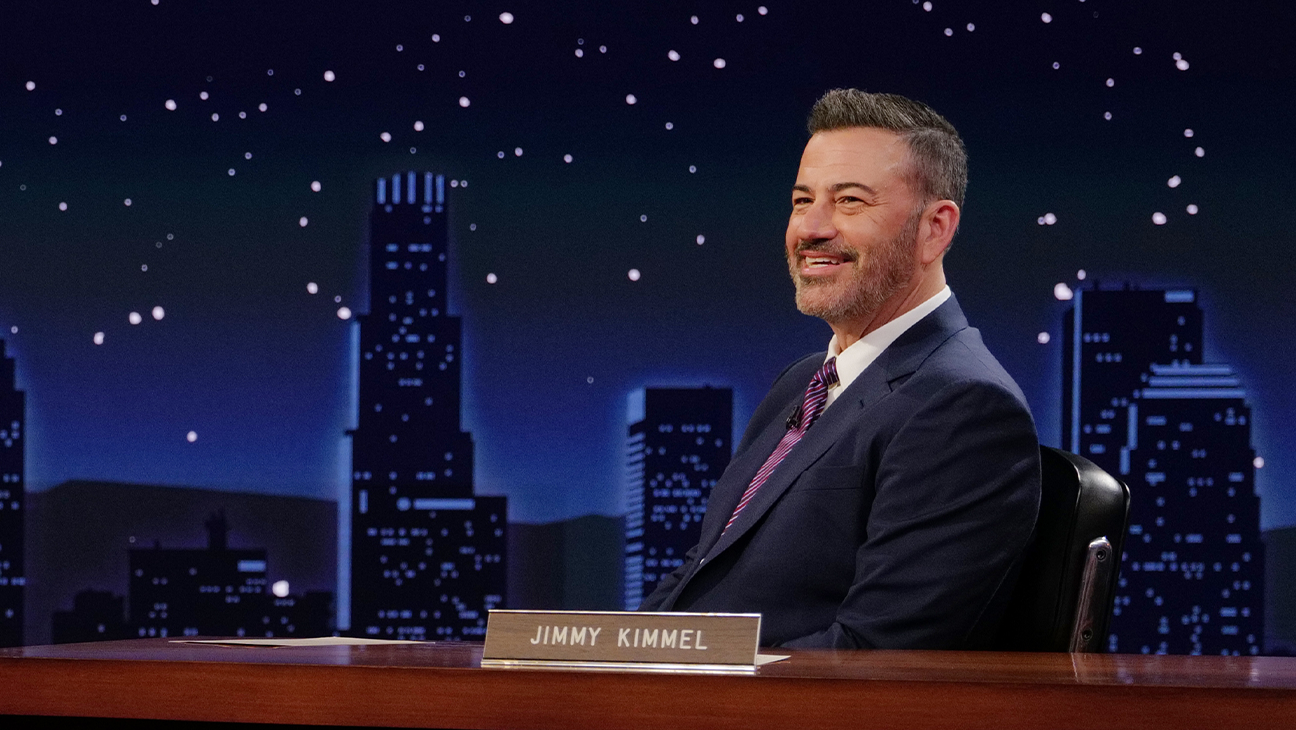
Forrester research found this year that only 58% of Fortune 500 chief marketing officers report directly to the CEO or sit in the C-suite. And CMO membership on boards is down more than 7% between 2023 and 2024. But in today’s unpredictable cultural and political climate, we need marketing leaders at the table who can navigate complexity and change.
I have always advocated for the inclusion of CMOs on company boards, on the grounds that CMOs bring a nuanced understanding of customer behavior and cultural context. In the past, I’ve seen that the biggest challenge preventing broader representation of marketing leaders on board was the limited turnover of board seats.
In this new reality, the question isn’t just access to the boardroom, but how CMOs lead in complex times. That leadership in this moment can be broken down into three main ideas: practice discernment, prioritizing trust, and embracing breadth and depth. Let’s discuss them in more depth.
1. Practice discernment
Right now, it’s important to remember that not every cultural or political moment needs a branded response. Discernment means understanding timing, relevance, and deeply understanding your audience. CMOs can be leaders guiding internal debates on when not to engage publicly, just as much as when to act. Understanding that sometimes inaction is an action itself, is essential to public affairs leadership.
Subscribe to the Daily newsletter.Fast Company’s trending stories delivered to you every day
Privacy Policy
|
Fast Company Newsletters
More broadly, effective CMO engagement in public affairs is about knowing when and how to cut through the noise and maintain long-term strategic relevance. In my organization, we’ve developed response protocols that provide internal guidance on when a response is necessary. Our decision process on when and how we respond starts with the shared understanding of our organization’s values. We discuss our values, our teams’ needs, and how recent news may impact them personally. From there we make decisions about how we respond internally, and if an external response is necessary.
2. Prioritize trust
Trust is the cornerstone of any marketer’s role. CMOs should focus on long-term trust with staff, board members, and external audiences. It is here where marketing and communications alignment on trust is critical. CMOs who lead with clarity and consistency earn the trust that drives long-term success.
3. Embrace breadth and depth
Especially right now, CMOs can’t afford to specialize too narrowly. They must understand stakeholder engagement, public affairs, issues, and reputation management, among all the other pieces of their day-to-day work. This breadth, and the skills that come out of being an effective marketer, enable effective internal partnerships, especially with communications and government relations teams. This key idea makes the CMO indispensable at the leadership table.
At my current organization, our stakeholders include staff, a broadly impacted patient community, healthcare providers, researchers, institutional and individual supporters. These stakeholders represent a myriad of backgrounds; socioeconomic, political, social, and geographical. That means we spend a lot of time thinking about the impact of our marketing campaigns as well as our communications and government relations strategies.
MARKETING LEADERSHIP AS A NONPROFIT IMPERATIVE
In the nonprofit world, the stakes for relevance, impact, and trust are even higher. With leaner budgets and heightened scrutiny, every message matters. CMOs in nonprofits must bridge fundraising, advocacy, and audience engagement, making them indispensable to long-term strategy and sustainability.
Being a CMO is as much about strategy and strategic thinking as it is about any other piece of the job. Their proximity to audiences and grasp of evolving culture gives them a unique advantage, but only if they can lean in. As marketers and CMOs, we should work to reframe the role as a connector between brand, purpose, audience, and leadership.
Simone Grapini-Goodman is chief marketing and digital officer of American Diabetes Association.



